The Big Island of Hawaii is home to a kaleidoscope of landscapes. Majestic mountain peaks, lush valleys, postcard-perfect beaches, a smoking volcanic crater surrounded by jet-black fields of hardened lava—it’s all waiting for you when you make the Big Island your home.
The verdant landscape in the North and South Hilo Districts offers its own distinct type of beauty. In and around the area, you’ll find waterfalls, botanical gardens, farms, and rainforests all fed by the frequent rain.
But that’s not all you’ll find in Hilo, also known as the cultural capital of the Big Island. The county seat is located in the town, as is the University of Hawaii at Hilo. Add in its museums, galleries, and boutiques, and you’ll start to get a sense of the delightfully diverse offerings within Hilo. (And don’t forget the surrounding beaches…!)
If you’re considering making Hilo your home, we’d love to help you make a smooth transition. Below, we’ll share our insider tips and cultural notes about Hilo and the surrounding areas. With these in hand, you’ll get a good sense of whether Hilo is the right spot for you—and how to make your Hilo move simple and stress-free.
#1: Hilo Is a Major Population Center in the State
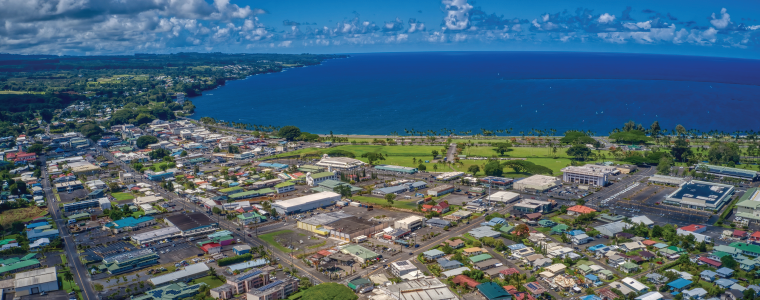
It’s probably not surprising that the three most populated census designated places (CDPs) in the state of Hawaii are on Oahu. With around a million residents, Oahu has captured the lion’s share of Hawaii’s residents.
That said, you might be surprised to learn what CDP sits in fourth place: Hilo, with 44,186 residents as of the 2020 census.
Most Populated CDPs in the State of Hawaii
Urban Honolulu
350,964
East Honolulu
50,922
Pearl City
45,295
Hilo
44,186
(Source: 2020 Census Data)
The entire Big Island population clocks in at 200,629, which only underscores just how many people in Hilo—22% of the island’s residents.
Despite all the people, businesses, government offices, educational and cultural resources, stores, and activities, Hilo still retains a small-town, authentic feel that its residents treasure.
#2: Hilo Gets a Lot of Rain
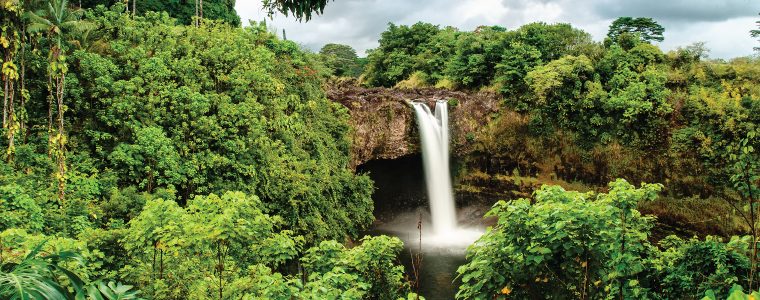
The Big Island of Hawaii is famous for its microclimates. According to a publication from the Mauna Loa Observatory, the island contains 10 out of the 14 subgroups of the Köppen-Geiger Climate Classification System.
Hilo falls in the “Tropical Continuously Wet” subgroup, along with Singapore and West Palm Beach, Florida.
In fact, if there’s one major “complaint” about the Hilo area, it’s the constant rain. Hilo has even been called “the rainiest city in the US.”
That rain gives Hilo its flourishing trees and flowers, plus its waterfalls.
And remember what we said about microclimates? Even within the area around Hilo, the amount of rainfall can vary dramatically within the distance of just a few miles:
- In Hilo, the mean annual rainfall is about 146 inches.
- Head eight miles north to Pepeekeo and you’ll see 155 inches of mean annual rainfall—even more as you head mauka (toward Mauna Kea).
- Just eight miles west of Hilo, in the Hilo Forest Reserve, the mean annual rainfall is about 224 inches.
One thing’s for sure: Even though it can be rainy in Hilo, you can expect pretty consistent weather. Year-round lows hover between 64°F and 70°F and highs between 79°F and 83°F. If you’re looking for a place to leave winter behind, Hilo is a prime destination.
#3: There’s Plenty to See and Do
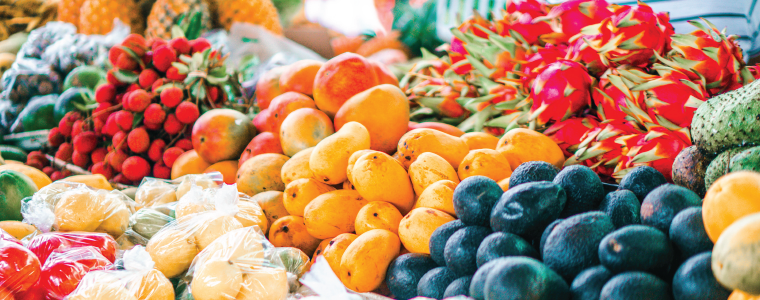
When you move to Hilo, all the gorgeous natural resources of the Big Island will be right at your doorstep. Even though the Big Island is notable for its size, in Hilo, you won’t have to drive far to keep yourself busy:
- Visit Volcanoes National Park to check out Kilauea, one of the most active volcanoes on earth.
- Explore the impressive palm tree collection at the University of Hawaii at Hilo’s Botanical Gardens.
- Discover Hawaii’s legacy of exploration at the Imiloa Astronomy Center, and make sure to take in a planetarium show.
- Stop into the Hilo Farmers Market, open seven days a week in downtown Hilo.
- Spend a relaxing day with your family, splashing in the water around Moku Ola/Coconut Island.
- Stroll through the Liliuokalani Gardens, the largest authentic ornamental Japanese garden outside of Japan.
- If you need an indoor escape from the rain, check out the Hawaii Science and Technology Museum, the Pacific Tsunami Museum, or the Lyman Museum, which are just some of the few available in and around Hilo.
These are just a few of the many activities available to Hilo residents. Expand your radius to the rest of the Big Island, and there’s plenty more to see and do in your new home.
#4: Homeownership Might Be Within Easier Reach in Hilo

The Big Island has a reputation for a lower cost of living than the other Hawaiian Islands, largely due to cheaper real estate. For some, this opens the door to owning a home, which may be out of reach on other islands.
Home prices on the Big Island can vary dramatically from location to location—and house to house. To start to get a sense of the market, take a look this Zillow data comparing Hilo to several other popular Hawaii destinations:
| Location | Average Home Value |
|---|---|
| Hawaii County | $540,958 |
| Hilo (Big Island) | $485,628 |
| Waimea (Big Island) | $811,341 |
| Honolulu (Oahu) | $800,614 |
| Kihei (Maui) | $1,091,644 |
| Kapaa (Kauai) | $889,169 |
(Source: Zillow.com)
If homeownership in Hawaii is a must for you, the Big Island—and Hilo in particular—are good places to start your search.
#5: Even So, the Cost of Living Is Still Significant
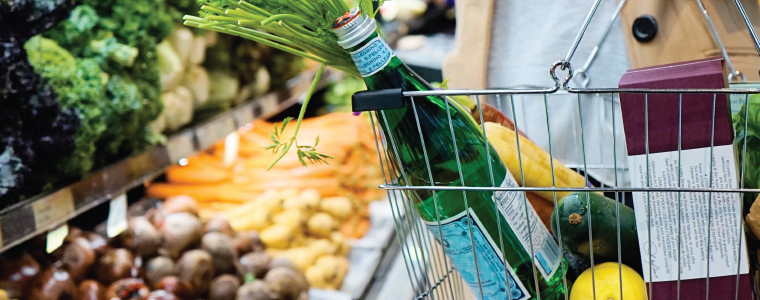
Real estate prices may feel favorable in Hilo. However, the cost of living may still be higher than what you’re used to. Bestplaces.net estimates that the overall cost of living in Hilo is about 25% more expensive than the US average.
If you’re coming from a high cost-of-living area, you might not feel a huge jump. The two places you’ll likely feel a difference include electricity and food.
Electricity Costs
Hawaii’s average monthly residential electric bill is $50+ more than the national average.
Average Monthly Residential Electricity Bill
$177.78
Hawaii
$121.01
U.S. Average
Source: EIA.gov
The major factor driving this cost is the price of electricity, which is nearly triple the U.S. average.
Average Price of Electricity per kWh: March 2022
41.74 cents
Hawaii
16.11 cents
U.S. Average
Source: EIA.gov
As you plan your budget, make sure to account for increased electricity costs.
You might also consider looking for a home with solar panels. Many Hawaii residents use solar to offset their electricity costs—and power electric vehicles. Considering the state goal of achieving 70% clean energy by 2030, solar makes for a smart investment.
Food Costs
Although you’ll find a number of working farms on the Big Island, Hawaii imports a significant amount of food—at a significant cost.
To get a good sense of your future grocery bill, check out the latest prices at Safeway in Hilo:
Grocery Store Prices in Hilo
1 gallon of milk
$5.89
12 eggs
$7.99
1 lb. of butter
$8.99
Loaf of bread
$4.99
2-liter bottle of
coke
$4.49
Orange juice,
52 oz. carton
$4.79
Oranges
$2.49/lb.
Ground Beef
$6.99/lb.
Boneless Chicken Breasts
$7.99/lb.
#6: The Jobs in Hilo Aren’t All in Tourism
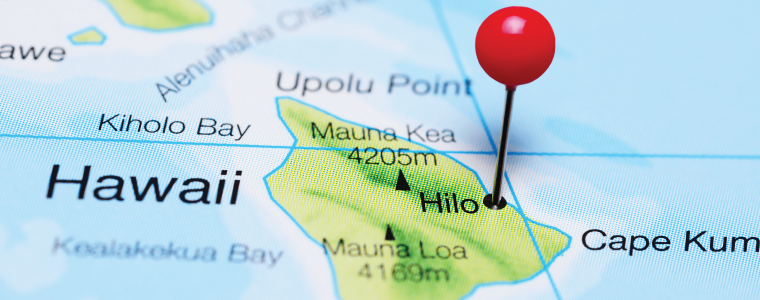
Many of the island’s visitors choose to stay on the Kona side of the Big Island. As a result, in addition to jobs supporting the tourism economy, you’ll also see jobs in office and administrative support, with sales and related occupations close behind.
If you plan on job hunting once you arrive in Hilo, check out the biggest employers on the Big Island. They’ll give you an idea of where you might look for work.
- Government
- Accommodation and food services
- Retail
- Health care and social assistance
- Administrative and support and waste management
- Agriculture, forestry, fishing and hunting
- Construction
- Real estate and rental and leasing
(Source: Hawaii.gov)
#7: There Are Plenty of Neighborhoods to Choose From
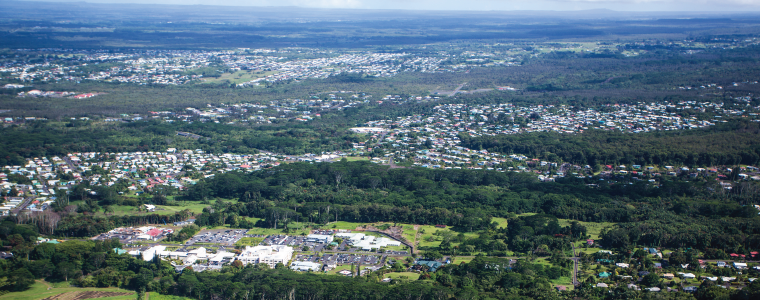
Many people live in downtown Hilo. If you’re considering that option, you’ll enjoy easy access to Hilo’s farmers markets, plus the shops, boutiques, galleries, bars, and restaurants right in town.
However, if you’re looking for something a little quieter, you’ll have a number of options in the area surrounding Hilo. Consider checking out:
- Keaau – You’ll find this area just south of Hilo in the Puna District. Lower home prices and plenty of peace and quiet draw residents to Keaau.
- Pepeekeo – This town sits north of Hilo, along the drive to Akaka Falls. If a rural life with more room to spread out appeals, take a peek at Pepeekeo.
- Mountain View – In Mountain View, you’ll find an appealing mix of subdivisions with single family homes among farms, ranches, and horses. For some, Mountain View feels too remote. For others, it’s paradise.
#8: You’ll Need a Car to Get Around
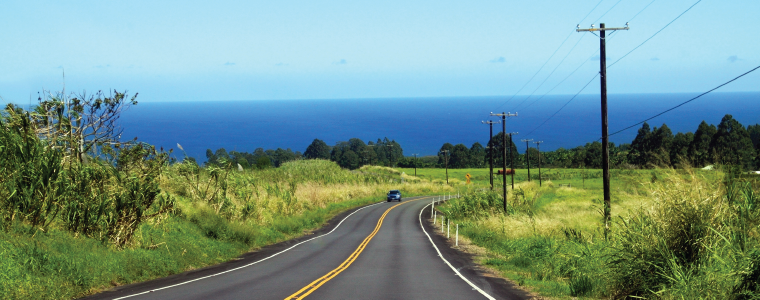
Although the Hele-On Bus goes a surprising number of places, you’ll need a car to navigate the Hilo area—not to mention the rest of the Big Island.
Should you ship your car from your current home? We often get this question from our customers.
Our answer? It depends:
- If your car is reaching the end of its time with you—and plan to replace it soon—we’d suggest not shipping it. Instead, sell your car where you are and use the proceeds to buy a used or new car once you arrive.
- However, if your car still has plenty of years left on it—and it’s got 4WD capacity, which can be extra handy on the Big Island—it might make sense to ship it.
Cars come into Hilo Harbor all the time on ro-ro ships (roll on, roll off), and it’s easier to ship a car than you might think. In fact, if you live near a port city, it’s pretty simple.
Just remember: Shipping your car to Hawaii represents an investment in its longevity. If your car isn’t equipped for the long haul with you, don’t ship it.
#9: You Can Bring Your Dog or Cat to Hilo—But…
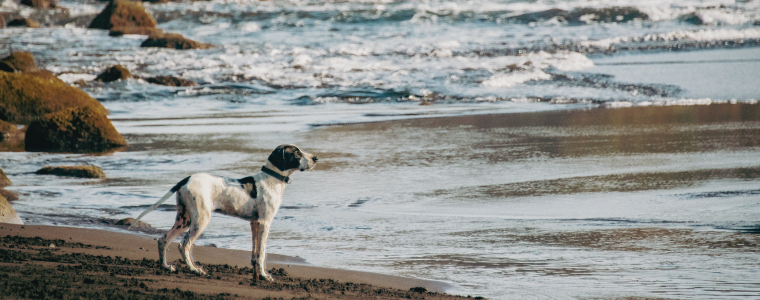
Back in the day, all arriving cats and dogs had to quarantine on Oahu. Today, we’re lucky to have the Direct Airport Release Program. If you meet all of the program’s requirements, your pet might be able to come home with you the day you arrive on the Big Island.
BUT, dogs and cats arriving from the continental US have to come through Ellison Onizuka Kona International Airport at Keahole (KOA).
In other words, if you’re flying in from the mainland with your pet, you need to fly into Kona and arrange for ground transportation to Hilo. You can’t fly into Hilo International Airport from the mainland if you need a pet inspected and cleared.
For more information on importing your dog or cat to the Big Island, check the Hawaii State Animal Industry Division website. Your vet will be able to assist with the necessary testing and paperwork.
#10: Downsizing Is a Good Idea
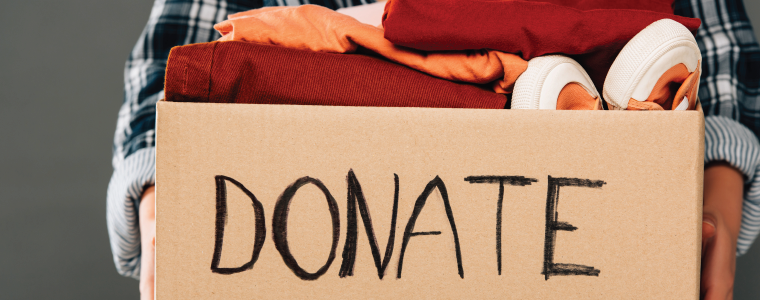
After moving tens of thousands of individuals to Hawaii, we can say this with confidence: Most people bring too much with them.
Before making a big move to Hilo, we recommend taking the time to downsize. Sell, donate, or trash the items you no longer want or need. It will save you on your move—which will be priced by weight. It might even put some money in your pocket. And it will certainly save you from paying to move items that won’t feel right in your new home, anyway.
Making Hilo Your Home
A big move can be exhilarating, exciting, and, let’s face it, a little stressful. However, now that you’ve got our tips and notes about your upcoming move to Hilo, you’re better prepared to make the move with ease.
If you need help getting your belongings to Hilo—or to anywhere else on the Big Island—we’d love to assist. We specialize in simple and stress-free moves to Hawaii. Just reach out to our Big Island moving experts for a complimentary quote for your move.
Tell us about your move!
